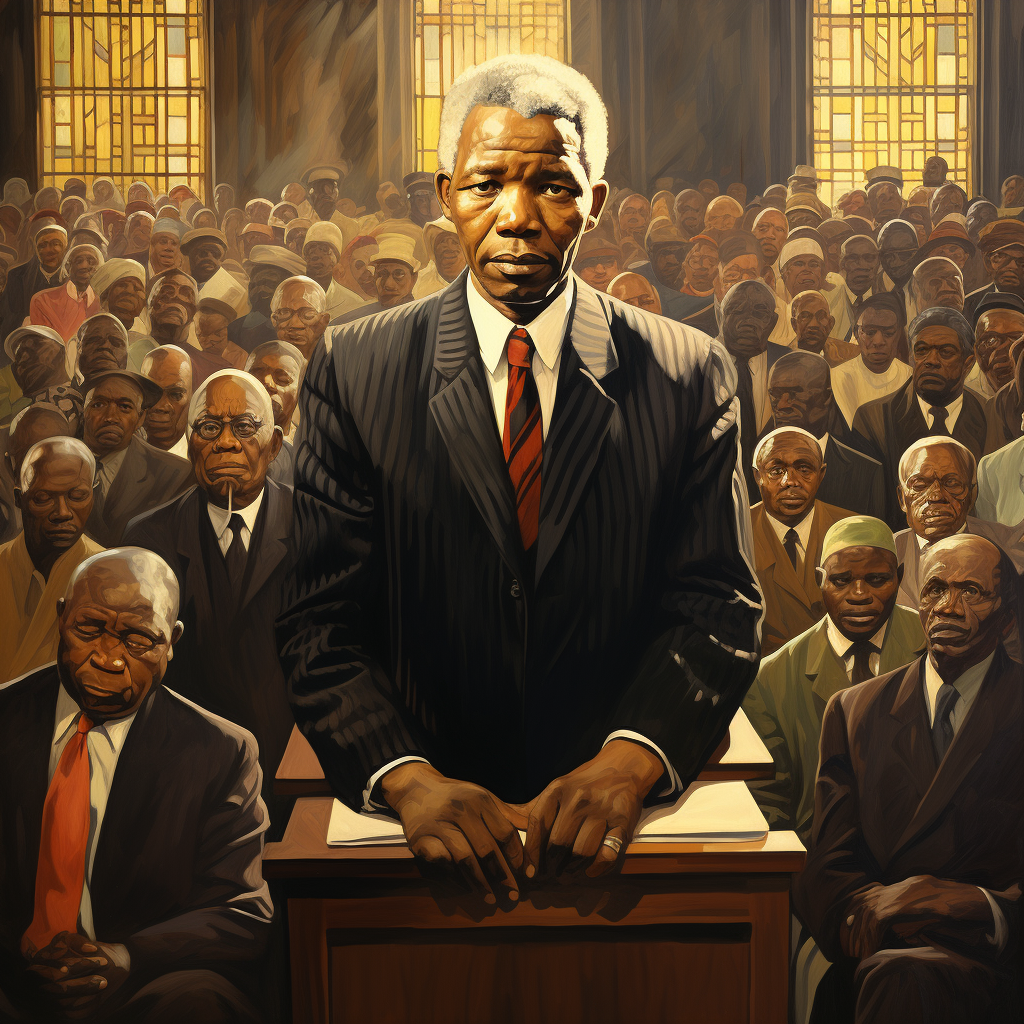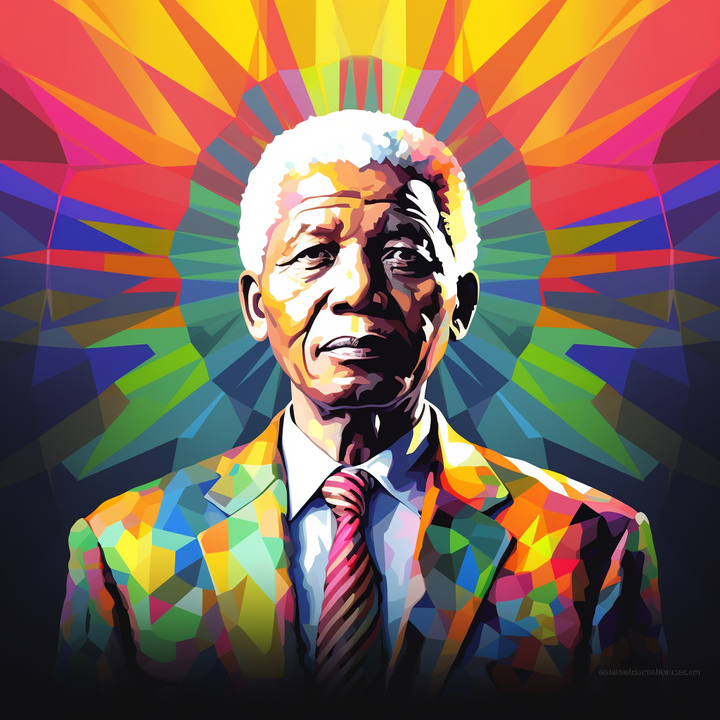Nelson Mandela: Truth and Reconciliation

Nelson Mandela's leadership following the end of apartheid in South Africa was not just about governing a nation; it was about healing it.
His efforts in promoting national reconciliation, particularly through the establishment of the Truth and Reconciliation Commission (TRC), marked a pivotal step towards fostering unity and healing in a deeply divided country. Mandela's approach to reconciliation offers profound insights into the processes of healing and uniting a nation scarred by years of systemic injustice.
Factual Details of Mandela's Efforts in National Reconciliation
Time Period: Post-1994
Location: South Africa
Initiative: Truth and Reconciliation Commission
One of Mandela's key initiatives as president was the establishment of the Truth and Reconciliation Commission in 1995. The TRC was a court-like body assembled to deal with the atrocities committed under apartheid. Its objectives were to bear witness to, record, and in some cases grant amnesty to the perpetrators of crimes relating to human rights violations, as well as reparation and rehabilitation. The TRC was a crucial component of Mandela's strategy to move the nation past its divided history towards a future of unity and understanding.
Key Outcomes:
- Public hearings of the TRC brought the atrocities of apartheid into the open, fostering a national dialogue on reconciliation and healing.
- The commission played a significant role in the process of restorative justice, balancing the need for acknowledgment of past crimes with the need to move forward.
- Mandela's leadership in the TRC process set a global precedent for dealing with past injustices.
Leadership Lessons from Mandela’s National Reconciliation Efforts
Embracing a Restorative Approach to Justice:
- Mandela’s support for the TRC exemplified a restorative approach to justice, focusing on healing and reconciliation rather than retribution.
Encouraging Open Dialogue on Past Atrocities:
- His initiative in establishing the TRC encouraged open dialogue about the nation's past, highlighting the importance of transparency and acknowledgment in healing processes.
Balancing Truth with Forgiveness:
- The TRC's work under Mandela’s leadership demonstrated the delicate balance between uncovering the truth and fostering a spirit of forgiveness and understanding.
Vision for a United Future:
- Mandela's approach to national reconciliation was driven by his vision for a united and inclusive South Africa, emphasizing the importance of a shared future over a divided past.
Setting a Global Example:
- The success of the TRC in South Africa became a model for other countries grappling with their own histories of conflict and injustice.
How Today's Leaders Can Use This Lesson
- Foster environments where open and honest dialogue about past conflicts or injustices is encouraged, facilitating a shared process of understanding and healing.
- Adopt a restorative approach to justice and conflict resolution that seeks to repair harm and build relationships, rather than focusing solely on punishment.
- Work towards creating a unified vision for the future that encompasses all members of the community or organization, bridging past divisions.
- Recognize the power of forgiveness and reconciliation in healing processes, promoting these values as foundational for lasting peace and unity.
- Draw inspiration from successful models like the TRC to address and resolve historical injustices or conflicts within your own contexts.
Concluding Thoughts
Nelson Mandela's commitment to national reconciliation through the Truth and Reconciliation Commission remains one of the most significant examples of a leader’s dedication to healing a nation. His approach provides a blueprint for leaders around the world on how to foster unity, understanding, and peace in the aftermath of division and conflict.
Your Reflection
- Reflect on how the principles of truth, reconciliation, and restorative justice can be applied in your leadership to address past conflicts and foster a sense of unity and healing.
- Consider ways to facilitate open and honest conversations within your organization or community about difficult or divisive past experiences.
- Think about how you can lead efforts towards building a shared future that acknowledges past injustices while focusing on collective healing and progress.



